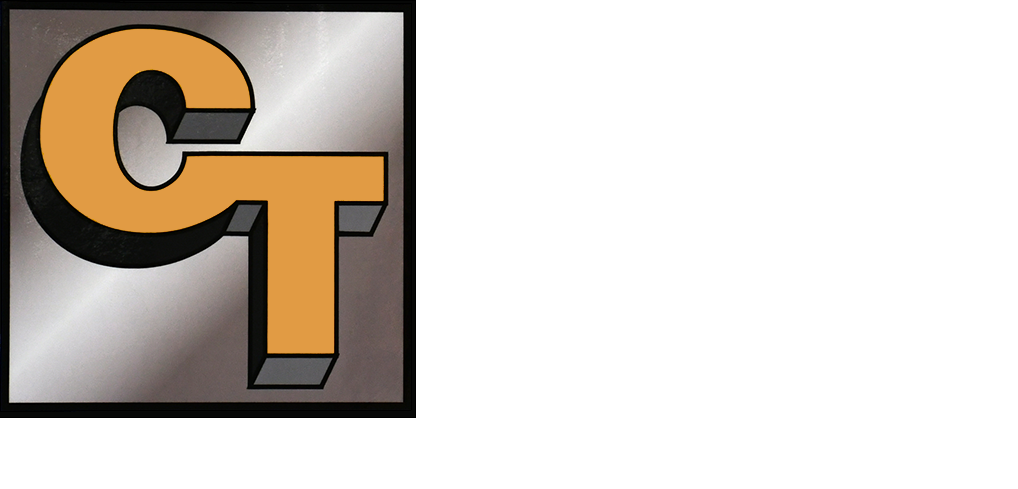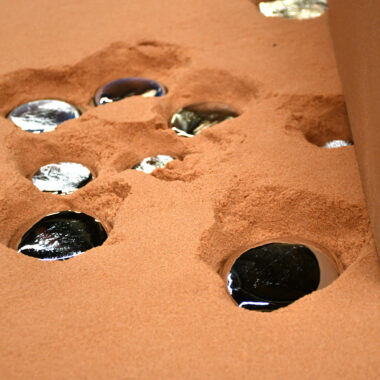Aluminum Casting Demystified: Secret Methods for Success
Aluminum Casting Demystified: Secret Methods for Success
Blog Article
Exploring the Numerous Approaches of Aluminum Spreading: A Comprehensive Overview
Aluminum casting stands as an essential process in the production of countless items we experience daily, from detailed vehicle components to house fixtures. Recognizing the diverse approaches utilized in light weight aluminum casting is critical for makers looking for precision and performance in their production processes - aluminum casting. As we start this exploration of the numerous techniques associated with aluminum casting, we reveal a world where advancement and practice merge to shape the items that form our contemporary globe
Sand Spreading Method
Using among the oldest and most commonly made use of techniques in aluminum casting, the sand casting approach involves creating molds from a mixture of sand and a binder material. This strategy is very functional, affordable, and suitable for producing a vast array of sizes and forms, making it a preferred selection in various sectors.

Aluminum, warmed to its melting point, is after that poured right into the mold, loading the cavity. After cooling and solidifying, the sand mold is escaped, revealing the light weight aluminum casting. This technique permits the manufacturing of intricate geometries and is fit for both low and high volume manufacturing runs.
Investment Casting Method
Having actually checked out the sand spreading method, a refined strategy to aluminum casting is the investment spreading technique, which uses distinctive advantages in regards to accuracy and surface finish. Financial investment spreading, additionally called lost-wax casting, is a procedure that involves producing a wax pattern that is covered with a ceramic covering. Once the shell is dried and set, it is heated to eliminate the wax, leaving a hollow ceramic mold. Molten aluminum is then put right into the cavity, filling the mold to produce the wanted component.
Among the primary advantages of financial investment spreading is its capacity to generate intricate forms with high accuracy and complex information. The procedure permits thin walls, sharp sides, and great surface area coatings that call for very little post-processing. Furthermore, financial investment casting is understood for its outstanding dimensional accuracy and limited resistances, making it a favored technique for creating parts that require limited requirements. Generally, the financial investment casting technique is a versatile and efficient approach for producing top notch light weight aluminum components.
Irreversible Mold And Mildew Process

One of the essential advantages of the Permanent Mold And Mildew Refine is its ability to create components with a finer grain structure, resulting in improved mechanical homes. By leveraging the Permanent Mold Refine, manufacturers can accomplish cost-efficient production of aluminum components with superb dimensional accuracy and surface finish.
Pass Away Casting Approach
As opposed to the Irreversible Mold And Mildew Process, the Die Casting Technique for light weight aluminum spreading involves utilizing a recyclable steel mold and mildew to generate intricate parts with high dimensional accuracy. This technique is extensively made use of in various industries due to its capability to effectively manufacture complicated forms with thin walls and exceptional surface area coatings.
Pass away casting commonly starts with the prep work of the steel mold and mildew, which is after that splashed with a lubricating substance to facilitate the removal of the solidified aluminum. The mold is closed, and molten aluminum is injected under high pressure into the cavity. As soon as the light weight aluminum strengthens and cools down, the mold opens, exposing the finished part.
Among the vital benefits of die spreading is its high production rate, making it an economical option for massive manufacturing. Additionally, parts generated through die casting show premium toughness and longevity contrasted to those made with other casting approaches. This strategy is especially suitable for applications calling for detailed styles, tight resistances, and high repeatability.
Centrifugal Spreading Technique
How can the Centrifugal Spreading Technique enhance the performance and high quality of aluminum casting procedures? Centrifugal casting is a method that makes use of centrifugal force to disperse molten metal right into a mold dental caries. This method offers numerous advantages over conventional casting approaches.
One secret advantage is the remarkable quality of the spreadings produced. The centrifugal pressure helps to remove porosity by pushing any type of gas or impurities in the direction of the center of the spreading, resulting in a denser and extra uniform end product (aluminum casting). Furthermore, the rotational motion of the mold and mildew ensures a much more even useful site circulation of the liquified metal, bring about improved mechanical properties and minimized defects
Moreover, the Centrifugal Spreading Method is understood for its performance. The rapid solidification price accomplished through this process can add to reduced cycle times, making it an affordable remedy for high-volume production. The approach permits for the casting of complex forms and thin-walled components with ease, expanding the style opportunities for suppliers. Finally, the Centrifugal Casting Method sticks out as a reliable technique for boosting both the performance and top quality of light weight aluminum casting processes.

Verdict
Finally, the various techniques of light weight aluminum casting give distinct benefits and characteristics for various applications. Sand spreading provides versatility and cost-effectiveness, financial investment spreading enables detailed designs, long-term mold procedure guarantees high-grade finishes, pass sites away casting gives high production prices, and centrifugal casting generates high-strength components. Comprehending the distinctions in between these methods can assist makers pick the most suitable method for their details spreading needs.
Having discovered the sand spreading method, a refined method to light weight aluminum spreading is the financial investment spreading strategy, which offers distinct advantages in terms of precision and surface coating. Financial investment spreading, also known as lost-wax casting, is a process that involves creating a wax pattern that is coated with a ceramic shell.How can the Centrifugal Casting Method enhance the efficiency and high quality of aluminum spreading procedures? In final thought, the Centrifugal Casting Technique stands out as a trustworthy strategy for improving both the effectiveness and high quality of aluminum casting processes.
Sand spreading provides adaptability and cost-effectiveness, investment casting allows for intricate layouts, irreversible mold and mildew process learn the facts here now guarantees top quality finishes, pass away casting gives high manufacturing rates, and centrifugal casting produces high-strength parts.
Report this page